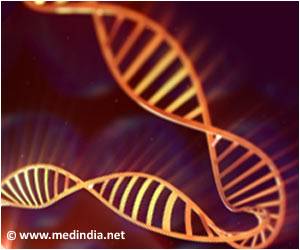Speed-reading is a technique used to read quickly, which involves visual searching for clues to meaning and skipping non-essential words and/ or sentences.

The research team led by Rui Martinho hit upon these findings while studying the earlier stages of the development in the fruit fly (scientific name, Drosophila melanogaster). It was known that the timing and coordination of the cell cycle and gene expression are crucial for normal development. In the earlier stages of development, cells divide very rapidly, but at the same time they need to correctly 'read' their genes in order to produce the required proteins. Genes contain the 'code' to produce proteins, but also contain sequences, called introns, that are not required for this process and therefore need to be removed before protein synthesis.
By reducing the efficiency of the cell machinery that removes introns, the research team observed that the failure on the "reading" only occurred in those genes that were expressed during early embryogenesis, in other words when cells were dividing rapidly. This observation lead them to the idea that the process of intron removal is time-consuming, generating a problem in highly proliferative tissues that have a narrow time window to express genes and produce proteins. The researchers confirmed this hypothesis introducing an untypical gene containing multiple introns in the early embryo of fruit flies, and observed that fast dividing cells were unable to efficiently process such gene. Thus, the team concluded that genes expressed in fast dividing cells need to be not only short but also mostly without introns. This could explain why most of the genes expressed during Drosophila early embryogenesis do not have introns.
Rui Martinho says: "Our work shows that biological systems pushed speed-reading to another level: besides deleting non-essential words and sentences to make the text shorter, its entire organization was altered; being mostly without paragraphs. Nature response to speed-reading was simple and effective: short and highly compacted genes without introns."
Leonardo Guilgur, post-doctoral researcher at Rui Martinho's laboratory and first author of this work: add: "Recently it has been shown by another research group that inhibition of the machinery that removes introns has potent activity against most cancer cell lines (which are dividing cells). Therefore increasing our knowledge about the developmental role of intron removal efficiency not only contributes to our understanding of a key biological process, but also offers a new exploratory ground to develop anticancer drug treatments".
Similarly to Drosophila melanogaster, other organisms, such as mosquitoes and zebrafish also have many genes without introns being expressed in the early phases of embryonic development. This indicates that similar constraints to gene architecture are likely common during fast development.
Advertisement











